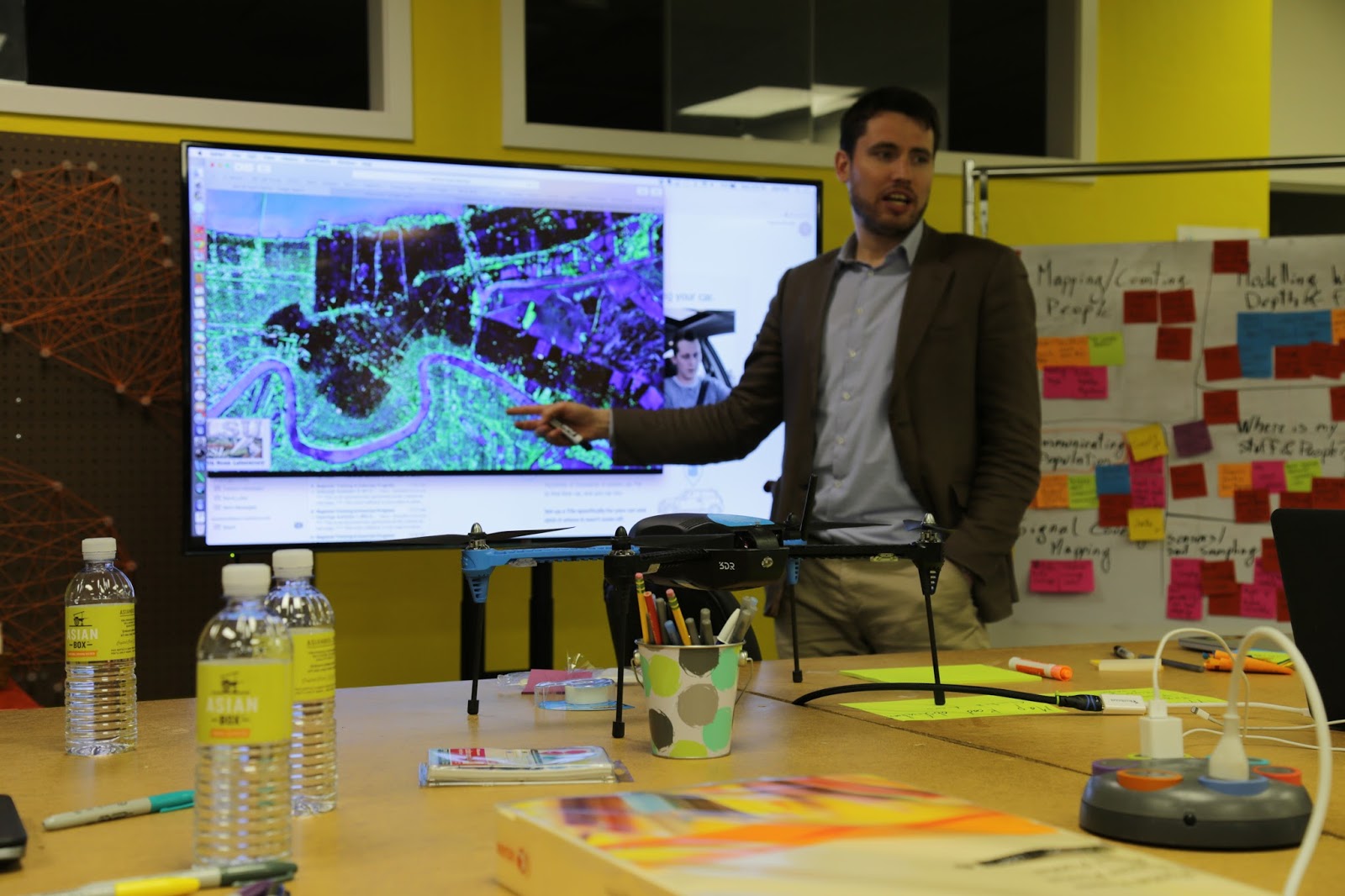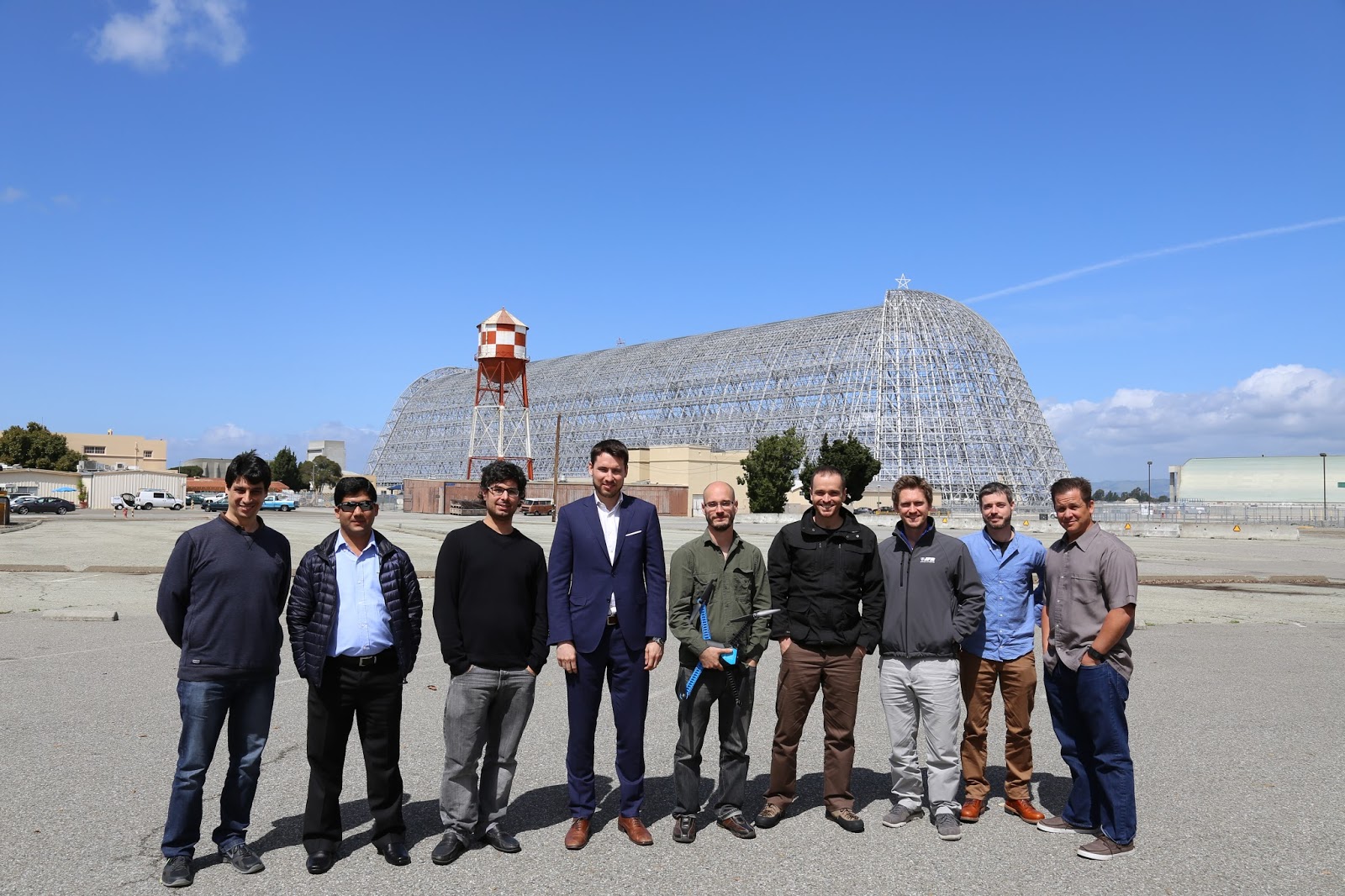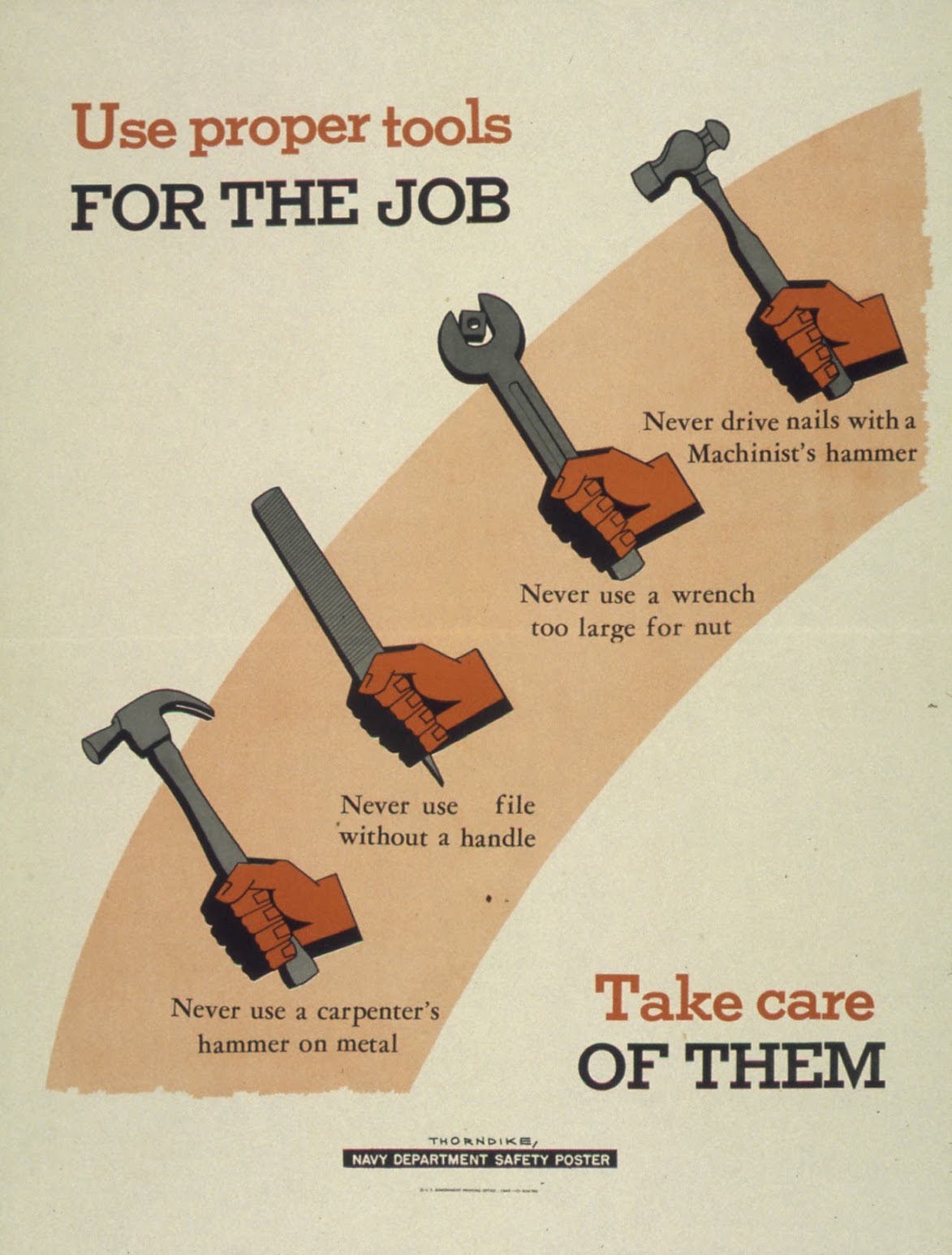This past April, Waj, Nico and I flew to San Francisco to facilitate an InSTEDD-hosted workshop to explore innovative uses of UAVs for disaster management, supported by Cisco. Aim at the moon, they say, so we set ourselves up for a strong start by running the workshop at Singularity University Labs in NASA Ames Research Center.
During three days we listened to an amazing and varied group of experts in different kinds of disasters as well as different phases of the disaster management cycle: mitigation, preparation, response and recovery.
Perhaps in part because of its dramatic climax, during these kinds of conversations there’s usually a natural gravitation towards the response phase, so we deliberately included experts in disaster preparation, recovery and mitigation to balance out the conversations.
For those of you interested in the specific outcomes of the workshop, Nico put together a straight to the point report introducing the attendees, explaining the goals and laying out the key lessons learned here. It’s really worth reading!

Sebastiaan van Herk imagines how drones could help by collecting aerial imagery to detect infrastructure changes before, during and after floods.
I’m grateful I had the chance to spend some time with such an interesting group of people imagining a tiny bit of the future and pondering how far we’re from it, and I’d like to share some musings on the subject.

From left to right: Juan Wajnerman, Krishna Devkota (landslides), Martin Verzilli, Sebastiaan van Herk (flood resilience), Nicolas di Tada, Geoff Pinnock (WFP humanitarian response operations), James Roberts (UAV engineer), Oriol Lopez Guirao (logistician and IT, MSF), Jake Pelk (Fire Captain). At NASA Ames Research Center.
Is that a nail?

“I suppose it is tempting, if the only tool you have is a hammer, to treat everything as if it were a nail.” - Abraham Maslow
This is a very popular quote in tech, which brilliantly describes how prone we are to assuming that the tools we know and have successfully used in the past will prove equally appropriate for the next problem we tackle.
That’s not even where we are with respect to UAVs. We’re at a previous stage. We have a hammer, but we don’t know what a nail looks like.
Commercial and personal scale UAVs aren’t a reaction to a problem, they are here because the decreasing cost of a number of technologies and materials has made them affordable. Why do we manufacture them? Because we can.
Now we have this thing that can fly, carry some weight and even sport a pretty powerful computer to run arbitrary software. It is so damn cool and we know it must be useful for something, so we stop any problem we bump into on the street and ask it “Do you happen to be a nail?”.
In that sense, we were aware of the limitation. We have UAVs in our hands and we think there are good chances that such a disruptive technology would open up new possibilities, but we still didn’t know exactly how, when, where or why it is a good idea. That’s where this workshop came in, to help us make the first step towards answering those questions.
Tech outpacing usage
One of the workshop attendees, Dr. James Roberts, is a flying robot specialist with an impressive background in all things UAV hardware related. His main role during the workshop was to keep feasibility in check whenever the group was considering a challenge. He’d let us know whether autonomy, payload carrying capacity, form factor or any other physical constraint would render an application impossible.

James Roberts explores designing a “flying pole” which can act as antenna once landed. True story.
I was really surprised to hear him say “We can do that” most of the times we asked. In some cases the questions were crazy enough that I wouldn’t have thought they were within 5 years of possibility in terms of program implementation.
To put it another way: we discussed some ideas that would require at least 5 years to build the necessary human capacity, put together regulations, write solid SOPs, develop appropriate software and test through pilots before they were ready for primetime. Yet, the UAV tech for those ideas was already there.
The bottom line is: tech isn’t the bottleneck. If we consider those ideas science fiction, getting people organised to execute those ideas is the fiction part, UAVs are the science that we’ve already figured out.
The V in UAV
Consider the acronym UAV, and the hype around it these days. Unmanned Aerial Vehicles.
Humanity has been making use of Vehicles for millennia, there’s nothing new or specially captivating about the concept of a vehicle in the 21st century.
Now, Aerial vehicles are definitely more exciting, right? After all, it’s only during the last 100 years that we managed to build things that can fly. We can’t help staring in awe when we see any kind of flying contraption, no matter how thorough our understanding of aerodynamics.
For the last couple of decades we’ve been refining Unmanned aerial vehicles. During the last handful of years they’ve become small and affordable enough that we can now use them for leisure, hobbies, aerial photography and commercial payload delivery.
No wonder we’re excited! These things fly! By themselves! They’re aerial and unmanned! These machines are so remarkable in themselves, that we are tempted to put them on the center of the stage, inadvertently giving up to technocentrism. I think it’s time to focus again on the V in UAVs.
Vehicle
ˈviːɪk(ə)l/
NOUN
- A thing used for transporting people or goods, especially on land, such as a car, lorry, or cart.
- A thing used to express, embody, or fulfil something.
Let’s welcome UAVs as the newest addition to our disaster management toolbox, and at the same time let’s keep in mind they’re just a means to a greater end. Let’s learn what they can offer us, and also what new problems they may cause us.
Fundamentally, let’s figure out how to operationalise their use, how we can turn current ad-hoc success stories into tomorrow’s repeatable, foreseeable, granted success. At InSTEDD and Manas we’ve been addressing exactly that kind of challenge for the last 10 years. We’ve made it work for SMS, GIS and IVR. All of them are Vehicles for something bigger.
